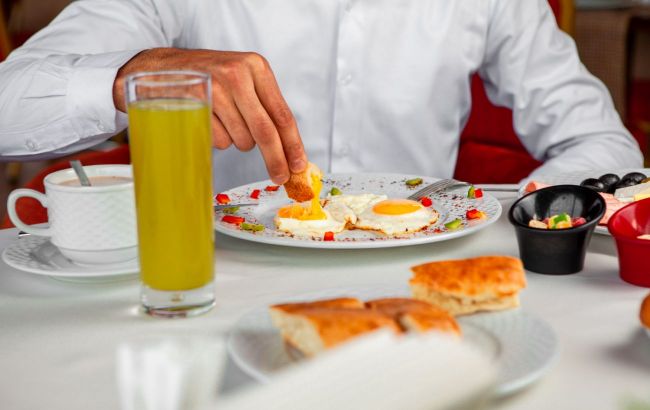Why it is better to avoid free hotel breakfasts
 Illustrative photo (Freepik)
Illustrative photo (Freepik)
One of the greatest perks of staying at a hotel is indulging in a delicious complimentary breakfast. However, a hotel staff member has revealed the truth about what actually goes into preparing these morning meals and why guests should steer clear of the buffet at all costs.
Sources: West lifeonline and Daily dot.
Former employee of an American hotel, Louisa, revealed that a hotel offering free breakfast might save you money. But on the flip side, you're consuming not-so-fresh ingredients.
In particular, guests are often served frozen dishes that are simply reheated, like pancakes or pastries.
Also, waffle irons aren't always cleaned thoroughly in hotels, and the waffle batter isn't prepared fresh daily. The batter is reused until it goes bad.
Additionally, chefs don't always use gloves or wash their hands while preparing food. Which is why it's worth selecting hotels with good reviews for a safer dining experience.
When breakfast is served and what types are offered
In the majority of hotels worldwide, breakfast is served from 6 to 10 in the morning.
The timing and duration of breakfasts are always the hotel's individual policy.
The most popular types of breakfast offered by hotels for their guests include:
- English breakfast
- Continental (house breakfast)
- Buffet style
- Boxed
- Hybrid/mixed type
The breakfast scene is incredibly diverse. Each hotel decides for itself the format and timing of breakfast.
It's important to note that at buffet-style setups, tourists often feast on yesterday's or even older dishes. So remember not only the dishes you eat but also the ingredients.
Garnishes on food indicate that they're giving a second life to spoiled products.
Often, leftover meat from lunch is rinsed and covered in a different sauce. The same goes for seafood or they're simply added to salads.
Avoid beverages with ice cubes. Most often, tap water is used for ice cubes, which isn't drinkable.

